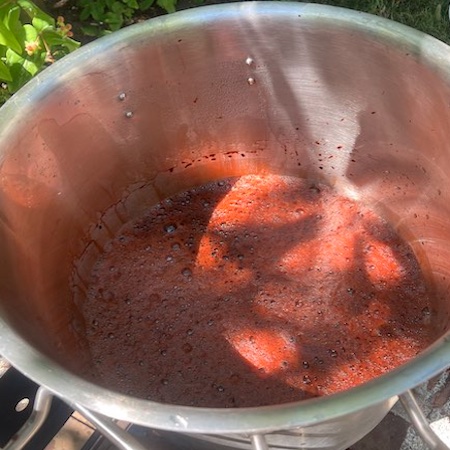
We get lots of emails from customers about challenges with dyeing and needing Botanical Colors’ President Kathy Hattori’s help. Why not share the learning so we can all benefit? From our inboxes to you, it’s simple: You Asked, Kathy Answered. Email questions@botanicalcolors with your plea for help!
YOU ASKED: For instructions on your ceriops page, it says to “dip the cloth into the ceriops vat for 5 minutes. Lift the cloth from the vat and hang (either above the dye vat or over a collecting pan so that the dye can be returned to the dye vat) until dripping stops. Repeat this 3 to 5 times until the desired color is achieved.”
Does this mean that ceriops uses oxygen similar to indigo to obtain the color? I want to make a concentrated extraction to use in direct painting of silk roving. My guess is to follow the instructions on the website but with less water and age for a month before use? The re-dip is a question.
KATHY ANSWERED: Ceriops doesn’t really change color the way that indigo does (turn from yellow-green to blue with oxygen) so I don’t think it would be characterized as a dye that requires oxidation to bind, and the ceriops bath is not chemically reduced as it is with indigo. I have also used it in a dye pot with heat to get the color to darken. The dipping process while cold helps layer the dye onto the fabric, resulting in a darker shade. If you want to use it as a textile paint, you might want to make the initial solution and then take a small amount and simmer it to reduce the volume and test with that solution. I would also strain it as it can contain particles that would transfer to the roving.
Learn more about ceriops:
Video From LIVE FEEDBACK FRIDAY: Kathy Hattori Talks Ceriops Tagal
